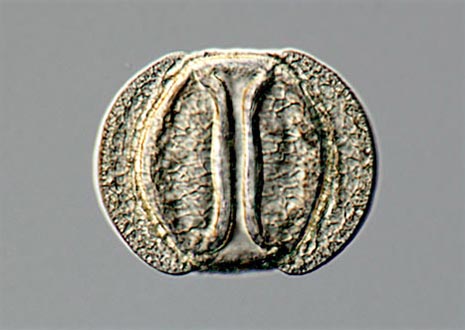



Tree pollen plays a significant role in the global ecosystem as a crucial agent in the reproduction of trees, yet it can also cause significant discomfort to individuals susceptible to seasonal allergies. Pollen concentrations vary across the globe, heavily influenced by geography, climate, and the diversity of tree species in a region.
Tree pollen concentrations are particularly high in regions with diverse and dense forests. Temperate zones such as North America, Europe, and parts of Asia host species like oaks, birches, and pines, which are prolific pollen producers. The southeastern United States, for instance, experiences intense pollen seasons due to trees like pine and oak, exacerbated by warm climates that extend the growing season. In Europe, birch trees dominate pollen production in spring, particularly in Scandinavia and Germany. Similarly, parts of Asia, including Japan and China, see significant pollen levels from cedar and cypress trees.
Urbanization can paradoxically increase exposure to tree pollen, as many cities plant allergenic trees like London plane or birch for landscaping. These trees produce lightweight pollen that travels far, exacerbating allergy symptoms.
Pollen allergies, commonly referred to as hay fever or allergic rhinitis, occur when the immune system overreacts to pollen proteins. Symptoms include sneezing, nasal congestion, itchy or watery eyes, and a scratchy throat. In severe cases, exposure can exacerbate asthma, leading to difficulty breathing.
Global warming is extending pollen seasons and increasing pollen counts. This trend poses a growing public health concern, particularly in regions already experiencing intense pollen concentrations.
Massachusetts experiences a distinct pollen season due to its climate and diverse native tree population. The spring months, particularly April through June, see the highest concentrations of tree pollen.
The most significant contributors to tree pollen in Massachusetts are oak, maple, birch, and pine trees. Oaks are especially prevalent in the states' forests, releasing pollen that is both abundant and highly allergenic. Maples, another dominant species, contribute to the pollen load early in the season, while birch trees add to the problem during mid-spring.
Geographically, the western parts of Massachusetts, with their dense forests, generate more tree pollen than the more urbanized eastern areas. However, urban and suburban regions are not immune, as landscaping choices often favor allergenic species like birches and ornamental oaks.
Residents of Massachusetts often report allergy symptoms such as sneezing, runny nose, and itchy eyes during spring. The proximity to forests and widespread planting of allergenic trees can make symptoms more severe for some. Pollen counts tend to peak during warm, dry, and windy days, making these times particularly challenging for allergy sufferers.
Efforts to mitigate pollen-related allergies include the use of local pollen count reports, avoiding outdoor activities during peak times, and planting low-pollen landscaping alternatives.
Tree pollen varies significantly depending on the species, with differences in size, dispersal mechanisms, and allergenic potential. Three common contributors to allergies—oak, birch, and pine pollen—illustrate these variations.


